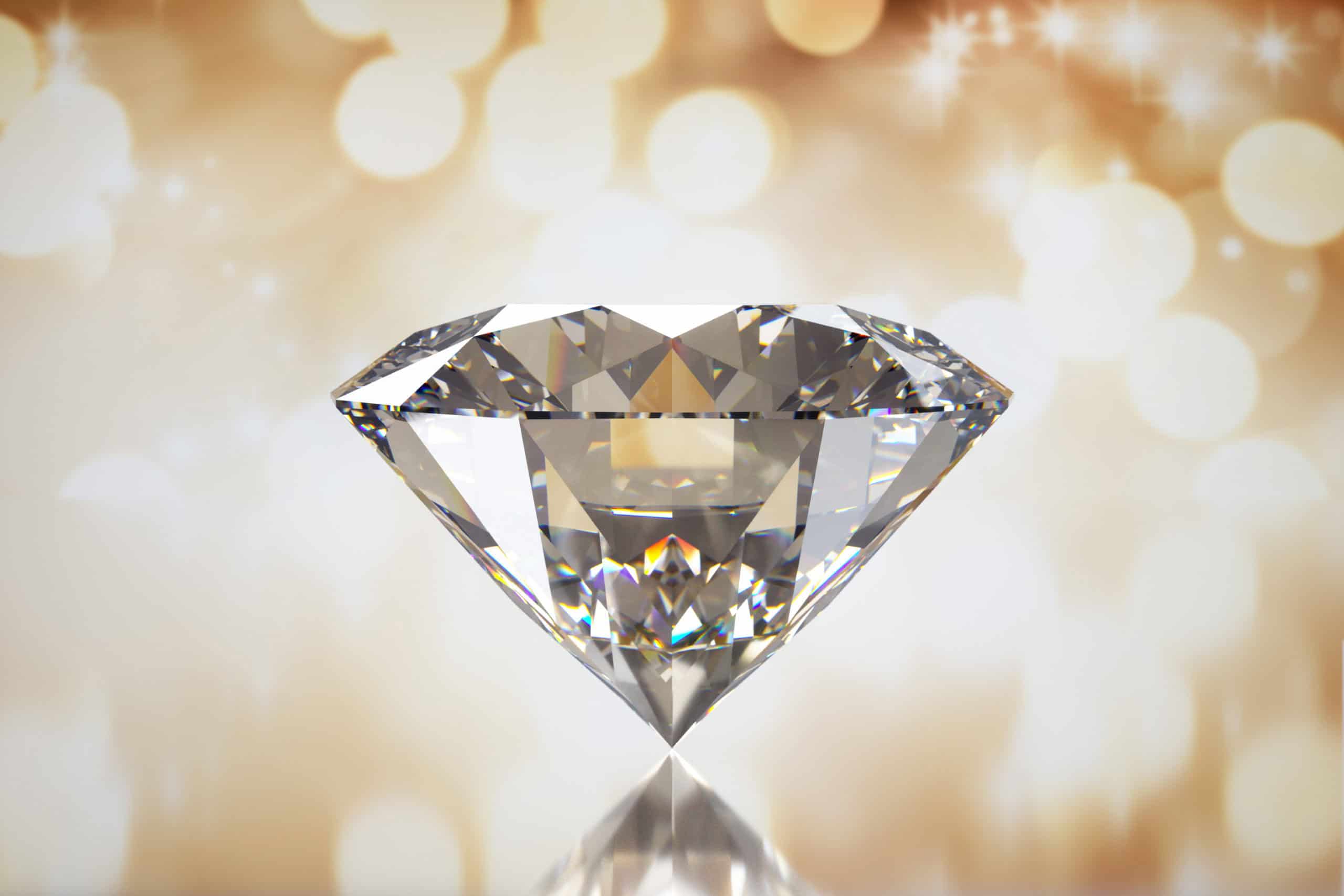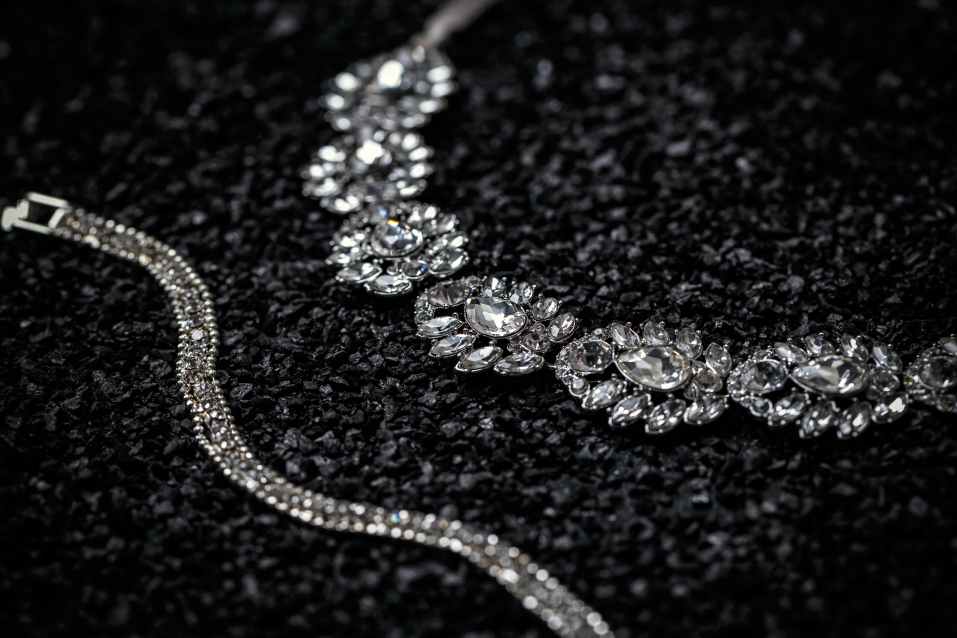The world is experiencing a shift toward sustainability in all aspects of life, and one of the industries that has been impacted by this movement is the jewelry industry. Traditional diamond mining has raised concerns about environmental degradation, unethical labor practices, and the impact on local communities. As consumers become more conscious of their environmental and ethical footprints, alternative solutions like lab diamonds have gained popularity. This article explores how wwF and lab diamonds intersect in the pursuit of a more sustainable and ethical future for the jewelry industry.
WWF’s Role in Protecting the Environment
WWF has long been a champion of environmental conservation, working to protect endangered species, preserve ecosystems, and reduce the environmental impact of human activities. The organization has focused on areas such as deforestation, ocean conservation, and climate change mitigation. WWF has also been actively involved in promoting sustainable practices within industries that have a significant environmental impact, including mining. Diamond mining, in particular, has raised concerns about its contribution to deforestation, habitat destruction, and pollution, all of which negatively affect wildlife and biodiversity.
WWF advocates for more sustainable alternatives to traditional diamond mining, which often takes a heavy toll on the environment. This is where lab diamonds come into play. Lab-grown diamonds are created in a controlled environment using advanced technology, without the need for mining or disrupting ecosystems. WWF’s advocacy for sustainable practices aligns with the growing popularity of lab diamonds, as they provide a way to enjoy the beauty of diamonds without compromising the planet.
The Rise of Lab Diamonds in the Jewelry Industry
Lab diamonds, also known as cultured or synthetic diamonds, are created in laboratories using high-pressure, high-temperature (HPHT) or chemical vapor deposition (CVD) methods. These diamonds are chemically and physically identical to natural diamonds but are grown in a controlled environment. The process of creating lab diamonds requires significantly less energy and water compared to traditional diamond mining, which often involves harmful extraction methods and the destruction of ecosystems.
The growing demand for lab diamonds is being driven by consumers who are more aware of the environmental and ethical implications of their purchasing decisions. As more people seek out sustainable alternatives, lab made diamonds provide an attractive option for those who want to enjoy the luxury of diamonds without contributing to environmental harm. WWF supports the use of lab diamonds as part of its broader mission to promote sustainability and reduce the negative impact of human activities on the planet.
WWF’s Influence on Lab Diamond Production
WWF’s work with various industries, including jewelry, has led to a greater focus on sustainability and ethical practices. While WWF does not directly produce lab diamonds, the organization’s efforts to promote environmental conservation and sustainable practices have encouraged the jewelry industry to adopt more eco-friendly alternatives. By aligning itself with WWF’s values, the lab diamond industry can benefit from increased consumer confidence and support.
WWF has also worked with governments, businesses, and NGOs to create standards and certifications for sustainable practices within various sectors, including the jewelry industry. These efforts have led to the development of certifications such as the Responsible Jewellery Council (RJC) certification, which ensures that diamonds, whether natural or lab-grown, are produced in a way that respects the environment and human rights. The association of lab diamonds with these sustainable certifications provides consumers with the assurance that their purchase supports both ethical and environmental standards.
Lab Diamonds: A Solution to Ethical Concerns in the Jewelry Industry
In addition to their environmental benefits, lab diamonds also address ethical concerns associated with traditional diamond mining. The diamond industry has long been plagued by issues such as child labor, exploitation of workers, and funding of conflict. Known as “blood diamonds,” these stones are mined in war zones and sold to finance armed conflict, resulting in human rights abuses.
Lab diamonds offer a solution to these ethical concerns. Since lab diamonds are created in controlled environments, they are free from the unethical practices associated with traditional diamond mining. By choosing lab diamonds, consumers can be confident that their purchase does not contribute to exploitation or violence. WWF’s advocacy for ethical practices in all industries, including the jewelry sector, supports the use of lab diamonds as an ethical alternative to mined stones.
Consumer Awareness and the Growing Popularity of Lab Diamonds
As consumers become more aware of the environmental and ethical implications of their purchasing decisions, the demand for lab diamonds continues to grow. Millennials and Gen Z, in particular, are leading the charge in supporting sustainable and ethical products. Many are choosing to purchase lab diamonds over traditional mined diamonds because they align with their values of environmental conservation and social responsibility.
WWF’s efforts to raise awareness about the impact of human activities on the environment have contributed to a broader understanding of the importance of sustainability in all aspects of life. As a result, more consumers are turning to lab diamonds as a way to make a positive impact with their purchasing choices. The jewelry industry is responding to this demand by increasing the availability of lab-grown diamonds, making it easier for consumers to choose a sustainable and ethical option.
Conclusion: A Brighter, Sustainable Future with WWF and Lab Diamonds
The collaboration between WWF’s environmental advocacy and the rise of lab diamonds represents a promising shift toward a more sustainable and ethical jewelry industry. Lab diamonds offer a solution to the environmental and ethical challenges posed by traditional diamond mining, while WWF’s work to promote sustainable practices helps guide the industry toward a more responsible future. As consumer awareness continues to grow, lab diamonds are poised to play a significant role in shaping the future of the jewelry market, offering an eco-friendly and socially responsible alternative to mined diamonds. Through continued collaboration and support for sustainability, WWF and lab diamonds are helping to create a brighter, more sustainable future for both the planet and its people.





